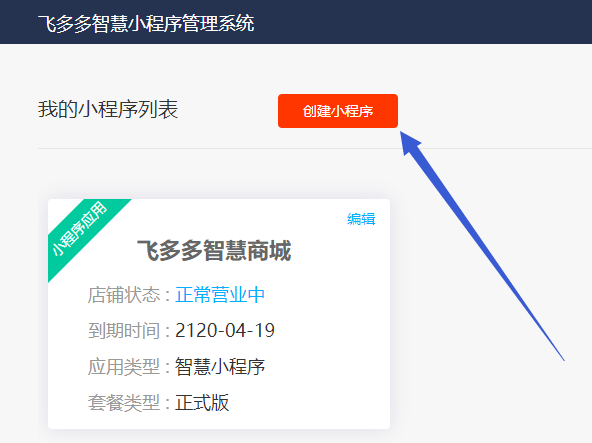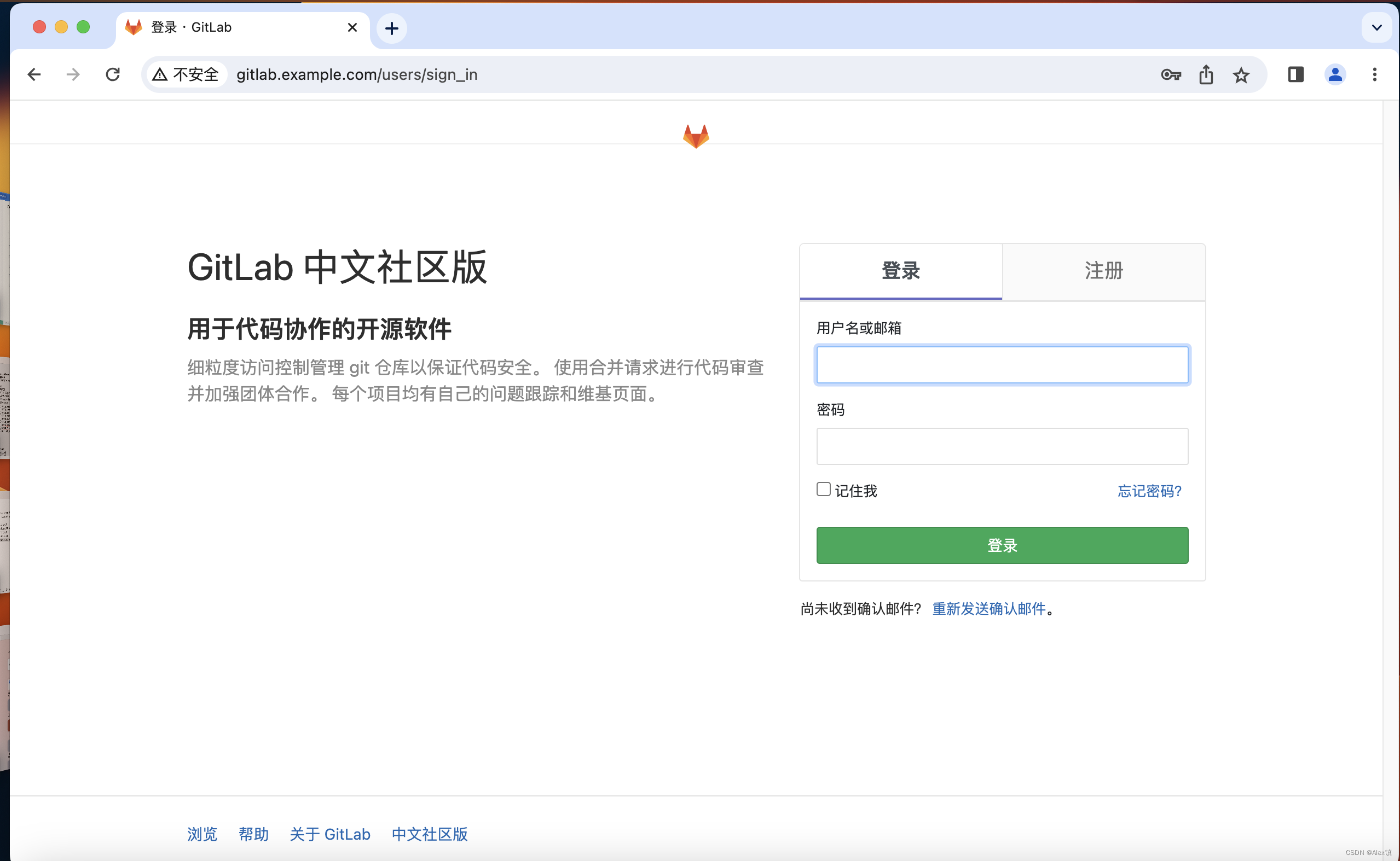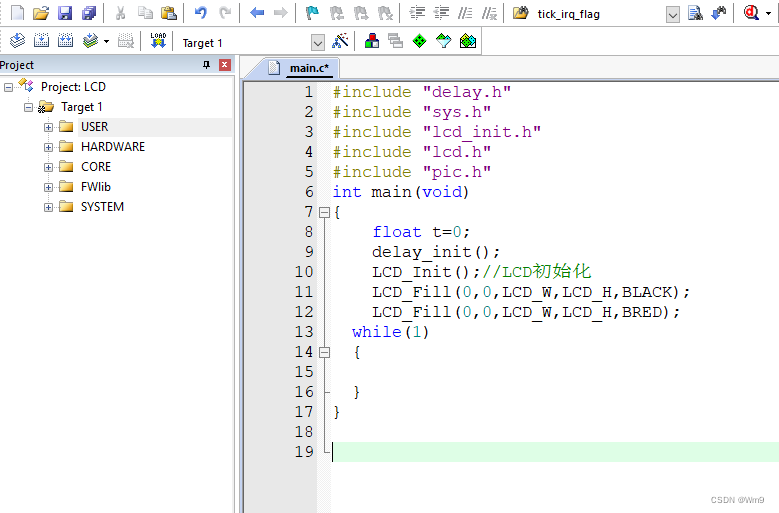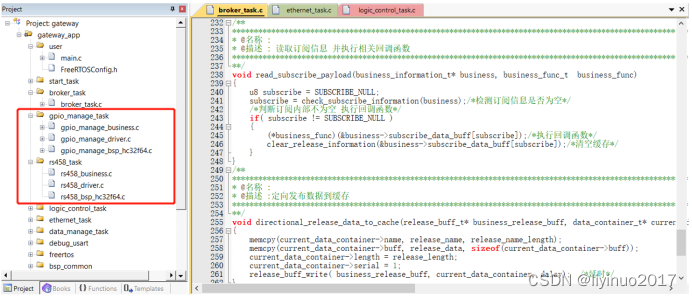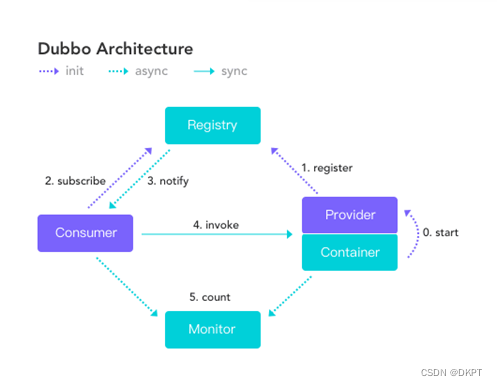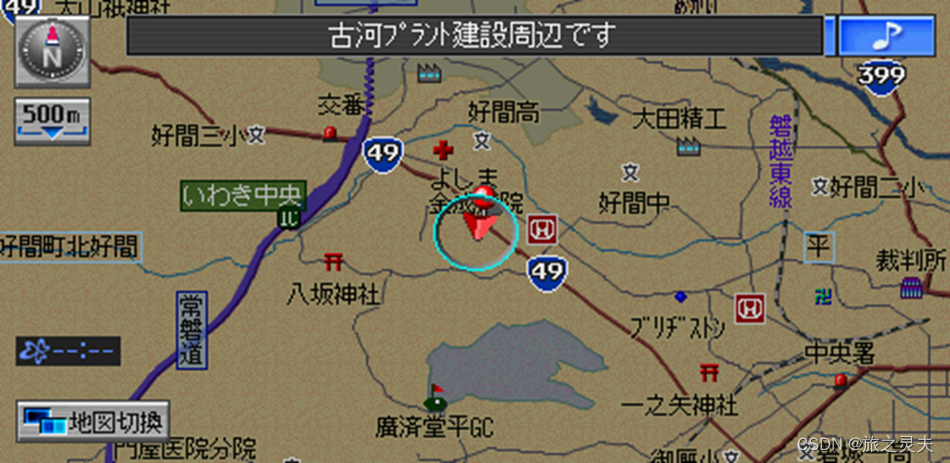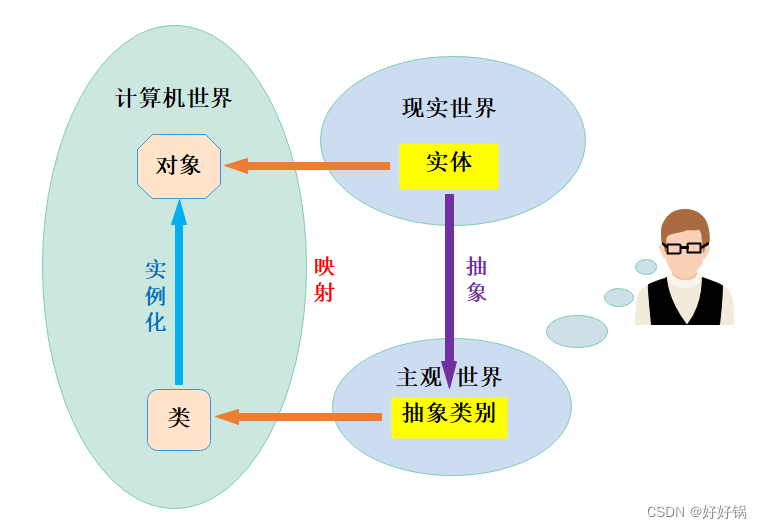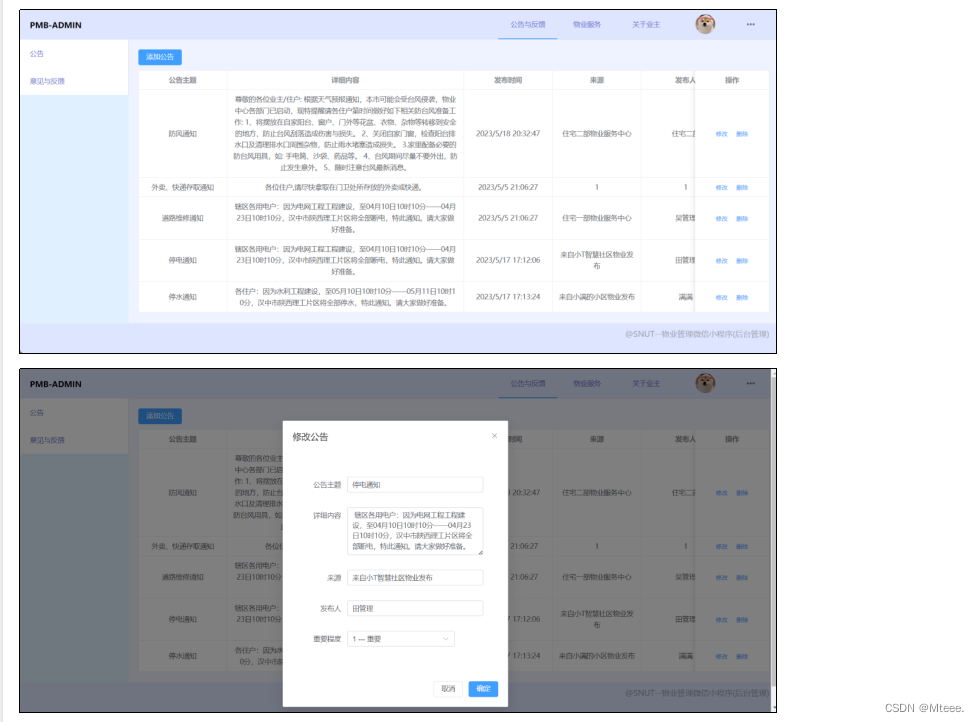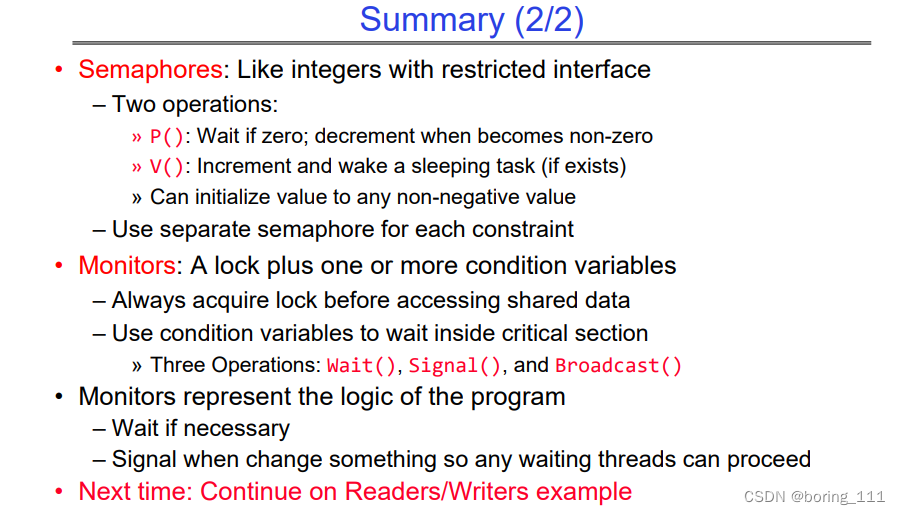作业1
题目:
使用驱动代码实现如下要求
应用程序通过阻塞的io模型来读取number变量的值
number是内核驱动中的一个变量
number的值随着按键按下而改变(按键中断)
例如 number=o 按下按键 number=1,再次按下按键 number=0
在按下按键的时候需要同时将1ed1的状态取反
驱动中需要编写字符设备驱动
驱动中需要自动创建设备节点
这个驱动需要的所有设备信息放在设备树的同一个节点中
结果

代码:
pdrv.c
#include <linux/cdev.h> // 注册设备头文件
#include <linux/device.h>
#include <linux/fs.h> //定义文件操作结构体头文件
#include <linux/gpio.h>
#include <linux/init.h>
#include <linux/interrupt.h>
#include <linux/ioctl.h>
#include <linux/module.h>
#include <linux/of_gpio.h>
#include <linux/of_irq.h>
#include <linux/platform_device.h>
// GPIO控制
#define LED_ON _IO('l', 1) // 1开 2关
#define LED_OFF _IO('l', 2)
// 读
ssize_t led_read(struct file *file, char *ubuf, size_t size, loff_t *lof);
// GPIO控制
long led_ioctl(struct file *file, unsigned int cmd, unsigned long arg);
// 初始化驱动
int pdrv_probe(struct platform_device *pdev);
// 卸载驱动
int pdrv_remove(struct platform_device *pdev);
//构建设备树匹配的表
struct of_device_id of_table[]={
{.compatible="hqyj,my_devs",},
{},
};
// 驱动结构体
struct platform_driver pdrv={
.probe=pdrv_probe,
.remove=pdrv_remove,
.driver={
.name="led",
.of_match_table=of_table,//设置设备树匹配
},
};
// 创建文件IO对象
struct file_operations fops = {
.read = led_read,
.unlocked_ioctl = led_ioctl,
};
// 读取相关
unsigned int number = 0; // 变量
unsigned int condition = 0;
wait_queue_head_t wq_head; // 定义等待队列头
// 注册设备驱动
struct cdev *cdev_ptr; // 字符设备驱动对象
dev_t devno; // 设备号
int major = 255; // 主设备号
int minor = 0; // 次设备号
struct class *cls_ptr; // 提交目录
struct device *dev_prt; // 设备节点信息
// 设备树解析GPIO
struct device_node *dnode; // 设备树父节点
struct gpio_desc *gpiono; // gpio编号 led1
// 中断相关
unsigned int irqno;
struct tasklet_struct tasklet; // 中断底半部任务队列对象
/**
* @brief 分步注册设备
*/
static int step_regist(void)
{
int ret;
// 1.分配字符设备驱动对象空间
cdev_ptr = cdev_alloc();
if (cdev_ptr == NULL) {
printk("申请字符设备驱动对象空间失败\n");
ret = -EFAULT;
goto out;
}
// 2.字符设备驱动对象部分初始化
cdev_init(cdev_ptr, &fops);
// 3.申请设备号
ret = alloc_chrdev_region(&devno, minor, 0, "my_led");
if (ret) {
printk("动态指定设备号失败\n");
goto out2;
}
// 4.注册字符设备驱动对象 cdev_add
ret = cdev_add(cdev_ptr, MKDEV(major, minor), 1);
if (ret) {
printk("注册字符设备驱动对象失败\n");
goto out3;
}
// 5.向上提交目录 class_create
cls_ptr = class_create(THIS_MODULE, "my_led");
if (IS_ERR(cls_ptr)) {
printk("向上提交目录失败\n");
ret = -PTR_ERR(cls_ptr);
goto out4;
}
// 6.向上提交设备节点
dev_prt = device_create(cls_ptr, NULL, MKDEV(major, 0), NULL, "my_led");
if (IS_ERR(dev_prt)) {
printk("向上提交节点信息失败\n");
ret = -PTR_ERR(dev_prt);
goto out5;
}
return 0;
out5:
device_destroy(cls_ptr, MKDEV(major, 0));
class_destroy(cls_ptr);
out4:
cdev_del(cdev_ptr);
out3:
unregister_chrdev_region(MKDEV(major, minor), 1);
out2:
kfree(cdev_ptr);
out:
return ret;
}
/**
* @brief 删除设备注册
*/
static int rm_regist(void)
{
// 1.销毁设备信息 device_destroy
device_destroy(cls_ptr, MKDEV(major, 0));
// 2.销毁目录 class_destroy
class_destroy(cls_ptr);
// 3.注销对象 cdev_del()
cdev_del(cdev_ptr);
// 4.释放设备号 unregister_chrdev_region()
unregister_chrdev_region(MKDEV(major, minor), 1);
// 5.释放对象空间 kfree()
kfree(cdev_ptr);
return 0;
}
/**
* @brief 中断回调函数
*/
static irqreturn_t interrupt_handler(int irqno, void *dev_id)
{
int ret;
printk("key1 on pressed\n");
ret = gpiod_get_value(gpiono);
switch (ret) {
case 0:
gpiod_set_value(gpiono, 1);
break;
case 1:
gpiod_set_value(gpiono, 0);
break;
}
// 开启中断底半部
tasklet_schedule(&tasklet);
return IRQ_HANDLED;
}
/**
* @brief 中断底半部任务队列回调函数
*/
static void tasklet_handler(struct tasklet_struct *tasklet)
{
number = !number;
condition = 1;
wake_up_interruptible(&wq_head); // 将进程唤醒
}
// 读
ssize_t led_read(struct file *file, char *ubuf, size_t size, loff_t *lof)
{
int ret;
if (sizeof(number) < size)
size = sizeof(number);
wait_event_interruptible(wq_head, condition); // 将进程切换为休眠
ret = copy_to_user(ubuf, &number, size);
if (ret) {
printk("copy_tO_user filed\n");
return -EIO;
}
printk("%s:%s:%d\n", __FILE__, __func__, __LINE__);
condition = 0; // 表示下一次硬件数据没有准备好
return 0;
}
// GPIO控制
long led_ioctl(struct file *file, unsigned int cmd, unsigned long arg)
{
// unsigned int dev_selected = (int)(file->private_data + 1);
if (cmd == LED_ON)
gpiod_set_value(gpiono, 1);
else if (cmd == LED_OFF)
gpiod_set_value(gpiono, 0);
return 0;
}
// 注册驱动
int pdrv_probe(struct platform_device *pdev) {
int ret;
// 注册字符设备文件
ret = step_regist();
if (ret)
return ret;
printk("分步注册设备驱动成功\n");
// 解析设备树文件
dnode = of_find_node_by_path("/my_devs");
if (!dnode) {
printk(KERN_ALERT "dnode is null\n");
return -ENXIO;
}
printk("设备树节点名:%s\n", dnode->name);
gpiono = gpiod_get_from_of_node(dnode, "led1", 0, GPIOD_OUT_LOW, NULL);
// 等待队列相关
init_waitqueue_head(&wq_head); // 初始化等待队列头
// 初始化任务队列
tasklet_setup(&tasklet, tasklet_handler);
// 中断初始化
irqno = irq_of_parse_and_map(dnode, 0); // 从设备树节点中获取获取软中断号
if (!irqno) {
printk(KERN_ALERT "can't find irq\n");
return -ENOMEM;
}
printk("irq found! irqno = %d\n", irqno);
ret = request_irq(irqno, interrupt_handler, IRQF_TRIGGER_FALLING, "key", NULL); // 注册中断号
if (ret) {
printk(KERN_ALERT "request irq failed\n");
return ret;
}
printk("request irq success\n");
return 0;
}
// 卸载驱动
int pdrv_remove(struct platform_device *pdev) {
// 注销中断号
free_irq(irqno, NULL);
// 删除字符设备文件
rm_regist();
// 释放gpio编号
gpiod_put(gpiono);
return 0;
}
module_platform_driver(pdrv);
MODULE_LICENSE("GPL");


